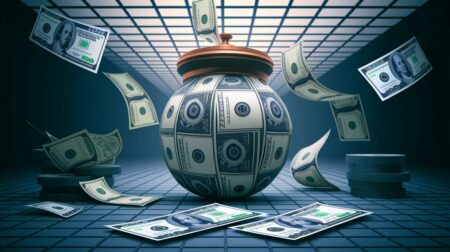Aligning business operations with sustainability criteria is a new normal. Almost every global corporation has a sustainability strategy. yet in the complex landscape of interpretations, it may be hard to understand what is a truly responsible way to conduct business. Sustainability sometimes loses its meaning, yet new concepts are beginning to start to emerge.
One such concept is the circular economy, which is based on the idea that waste can be eliminated through wise designs and management of the biological and technical cycles, whereby economic activity also helps to regenerate nature. The concept has been initially popularized by William McDonough and Michael Braungart in their book Cradle to Cradle: Remaking the Way We Make Things and jumped in popularity over the last three years in many parts of the world, most prominently in the EU and China.
From a business perspective, a unique feature of the circular economy is its inherent logic of not subsidizing solutions that are green, but rather embracing solutions that are both sustainable and more competitive by default. Such a shift has unexpectedly put circular thinking at the forefront of sustainable business transformations, making it a €1.8 trillion opportunity for Europe. Or as William McDonough has recently put it: “the largest business opportunity ever seen by our species”.
While companies like Philips, Google, Unilever and many others are starting to realize the potentials, some might still struggle with where to start. How to discover a novel circular opportunity, provide unique value to customers and get competitive advantages on the market? Fortunately, there are a few great tool-kits that can help.
A good place to start is the Circular Design Guide by Ellen MacArthur Foundation and IDEO, which provides a user-friendly introduction into the key tools for circular thinking. Among its most helpful features is the Circular Business Model Canvas. Adapted from its original version by Osterwalder & Pigneur, it allows users to consider every essential aspect of their business from the perspective of circularity so they can reevaluate the workings of their company.
While this initial set would be sufficient to get going, there are numerous opportunities for further learning. Online courses can help, as can more complex analytical tools and case studies by the ResCoM project. No less important is gaining at least a glimpse of global views on the issue, and the recent Circularity Gap Report by the Circle Economy is an invaluable source on the topic.
For those who want to get further into databases and networks exploring success stories and connect with a community of professionals worldwide, a good place to start is the Circular Economy Club and CE100. It is also worth checking the annual winners of the Circulars Award, a prestigious global prize for circular economy achievements that showcases innovators.
Finally, it can be useful to see how scientists classify circular business models so that the ones that fit your business best can be chosen. The important thing is that when it comes to circularity principles even small steps in the right direction can go a long way.
Did you like it? 4.6/5 (28)







